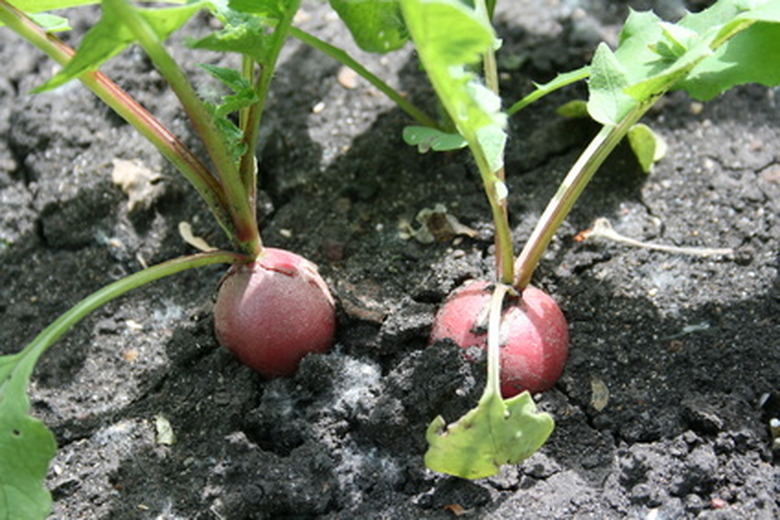Peat Moss As A Fertilizer
Peat moss added to the garden helps to aerate and enrich the soil. It can add body and help to retain valuable nutrients that might otherwise leach out in sandy soil. It helps prevent clay soil from hardening which can prevent adequate water absorption by plants. Peat moss has the ability to retain 20 times its weight in water, according to the Canadian Peat Moss Association. Its composting ability helps add nutrients to the soil for plants to slowly absorb.
Nutrient Retention
Peat moss is decomposed sphagnum moss. It has the unique ability to work as a sponge to absorb water and nutrients. This ability allows the peat moss to soak up nutrients that will help fertilize the surrounding plants. It holds the nutrients within its spongy makeup and slowly releases them into the soil. The rapid absorption and slow release prevent nutrients from simply leeching away during irrigation or a rainstorm.
- Peat moss added to the garden helps to aerate and enrich the soil.
- This ability allows the peat moss to soak up nutrients that will help fertilize the surrounding plants.
Decomposition
Peat moss added to the garden takes many years to decompose. Through decomposition, its pH holds at 3.4 to 4.8. When peat moss is added to a compost pile, it helps to control the odors of the decomposition of the surrounding substances. It also helps hold water to aid in surrounding decomposition.
Use in the Garden
Peat moss is sold compressed into large bales. Adding only 2 inches of peat moss to 6 inches of garden soil can help the surrounding plants by working as an ideal natural soil additive and slow release long-term fertilizer. Gardeners can use peat moss without feeling guilty because, in Canada, peat moss is harvested with restoration and reclamation practiced. The industry is also widely monitored by the Canadian government, according to the Cornell University.
- Peat moss added to the garden takes many years to decompose.
- Adding only 2 inches of peat moss to 6 inches of garden soil can help the surrounding plants by working as an ideal natural soil additive and slow release long-term fertilizer.
Adding Peat Moss to Soil
Adding peat moss to heavy clay soils helps aerate the roots of garden plants. This allows the plant's root system to absorb nutrients, water and oxygen. It also enables the plant to more easily works its roots through hard soil. Mixing peat moss with rich compost allows the two to work together for an exceptional fertilizing method for most garden plants. Peat moss works with compost to help trap the compost nitrogen, which will escape as ammonia into the surrounding environment without the aid of peat moss. By trapping the nitrogen in the soil, a plant can more easily use the nutrient.
Benefits
Adding peat moss to soil poses no danger of adding unwanted weed seeds to the garden because peat moss contains no seeds from plants. It also does not harbor fungim which can be detrimental to young seedlings. Peat moss also contains no chemicals, insects or salts.
- Adding peat moss to heavy clay soils helps aerate the roots of garden plants.
- Mixing peat moss with rich compost allows the two to work together for an exceptional fertilizing method for most garden plants.
